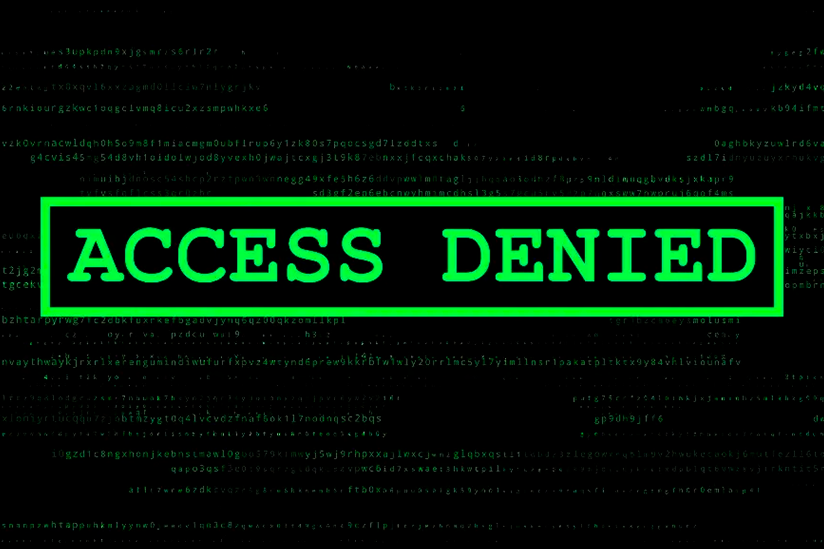Zero Trust
Zero trust has transformed cybersecurity by eliminating reliance on traditional perimeter defenses, especially in an era of remote work, cloud services, and advanced cyber threats. Coined in 2009 by Forrester analyst John Kindervag, zero trust operates on the principle of “Never trust, always verify.” It emphasizes strict identity and access management, secure key management, and continuous monitoring to ensure robust security. This model not only enhances network security but also simplifies logging and reduces breach detection times. With the increasing complexity of cyber threats, the zero trust approach is crucial for safeguarding digital assets. The U.S. government recognizes its significance, setting an ambitious goal to implement zero trust architecture across critical systems by 2027. This proactive stance underscores that incremental improvements are insufficient against evolving threats, making zero trust the de facto security strategy for modern organizations.
Reed, Jonathan. 2023. “How Zero Trust Changed the Course of Cybersecurity.” Security Intelligence, April 17. READ: https://bit.ly/3V8SwNX

